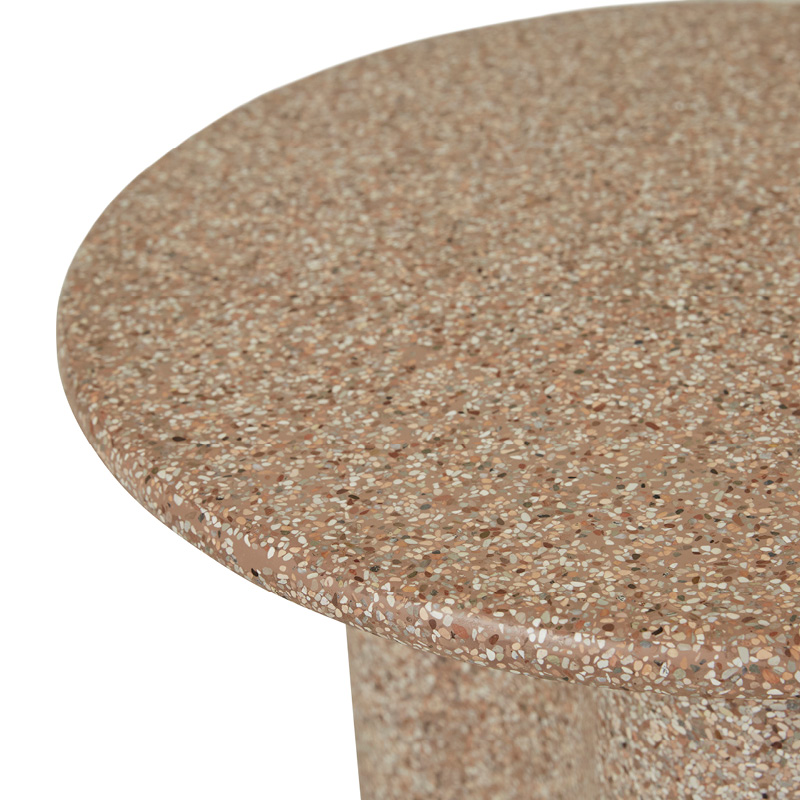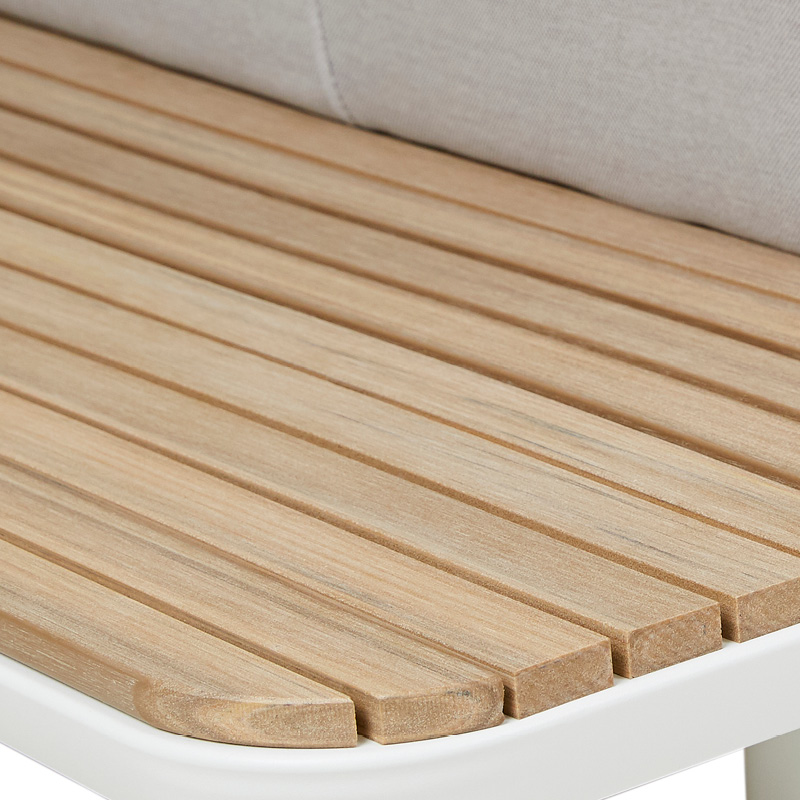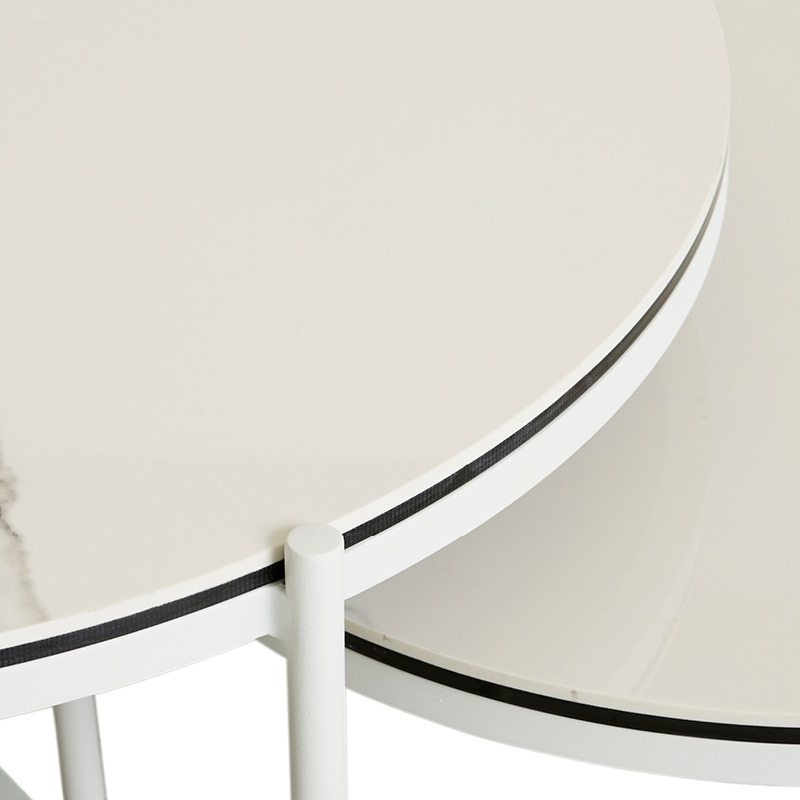

How to care for your Lightweight Concrete outdoor furniture.
Lightweight Concrete, or Glass Fibre Reinforced Concrete (GFRC), is made from a composite of cement, glass fibres and resin applied to a frame.
It is lighter than solid concrete but maintains the smooth look and feel. It is easy to maintain and can be moulded into sculptural shapes for a clean, modern aesthetic.
General Care
- Regularly remove dirt, dust & debris with a dry, soft cloth.
- Clean spills immediately. Blot spill with a clean cloth to absorb as much of the spill as possible. If required, wash the surface with warm water, a diluted neutral detergent and a soft-bristled brush. Remove residue with clean water and dry thoroughly with a clean soft cloth.
- Do not use furniture polish, ammonia-based or harsh chemical cleaning products.
- Avoid letting water stand on the surface/remain wet over time.
- Use coasters, placemats, trivets, tablecloths and table runners to protect the surface from heat, stains and objects with abrasive finishes that may scratch your furniture.
- To help maintain the surface, apply a high-quality, clear furniture wax every 3 to 6 months. Ensure the surface is clean and completely dry, then follow the manufacturers instructions for application. After wax application, ensure the surface remains dry and do not place any items on the surface for at least six hours to allow the wax to fully absorb and seal.
- When moving furniture, always lift and carry the item - never drag. For larger and heavier items such as dining tables, always lift and carry with 4 people to distribute the weight evenly.
Important Considerations
- Speak with your Designer to ensure the products selected are suitable for your specific environment as well as discuss the level of maintenance that will be needed.
- Your outdoor furniture may require different levels of care depending on the environment in which it is used. In general, monthly cleaning and maintenance of your outdoor furniture is recommended to help prevent damage.
- As coastal/seaside environments may accelerate development of natural salt deposits and deterioration of your outdoor furniture, it is important to consider that products used in these locations will require frequent maintenance.
- Consider storing your outdoor furniture during the off-season or extreme weather to avoid preventable damage and deterioration. To store, clean the product thoroughly and let it dry completely. Store in a dry, cool place away from direct sunlight. Do not store in humid or high moisture environments.
- Small open pores and slight cosmetic splits/hairline cracks to the surface caused by changes in temperature and moisture loss are natural and expected characteristics of this material.



